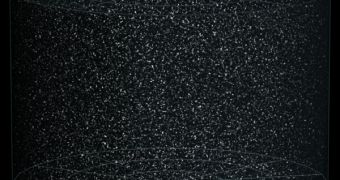Among men of science, there are those who think science proves, or could prove, that God exists, and then there are those who believe the opposite. Recently, the former group scored a big point.
Renowned Austrian mathematician Kurt Gödel passed on in 1978, but not before he put forward a theorem based on principles of modal logic.
According to him, a higher being must exist because, by definition, God is that for which no greater can be conceived, and if God exists in the understanding of the concept, then we could conceive him as greater if he existed in reality. Therefore, he must exist.
You can't really understand Gödel's conclusion without combing through all the numbers and equations, but that's the general gist of it. And it was, in the end, just the latest and best attempt at proving God's existence through mathematical abstract reasoning.
Like saying that if you need to believe in the existence of God for your ideas and reasoning to make sense, then he has to exist.
Two scientists have recently proven the theorem, more or less, using a MacBook and good old math.
Christoph Benzmüller of Berlin's Free University and his colleague, Bruno Woltzenlogel Paleo of the Technical University in Vienna, showed that Gödel's proof was correct, on a mathematical level, by way of higher modal logic. They published their conclusions in their submission to arXiv.org, “Formalization, Mechanization and Automation of Gödel's Proof of God's Existence.”
"It's totally amazing that from this argument led by Gödel, all this stuff can be proven automatically in a few seconds or even less on a standard notebook," Benzmüller told Spiegel Online.
Don't think this will actually make the world suddenly accept the existence of a higher consciousness though. The formalization of the theory will have a different effect, namely expanding the scope of scientific fields using superior technology. After all, if it's possible to prove theorems using normal notebooks, then new discoveries could be done very quickly in the future.

 14 DAY TRIAL //
14 DAY TRIAL //